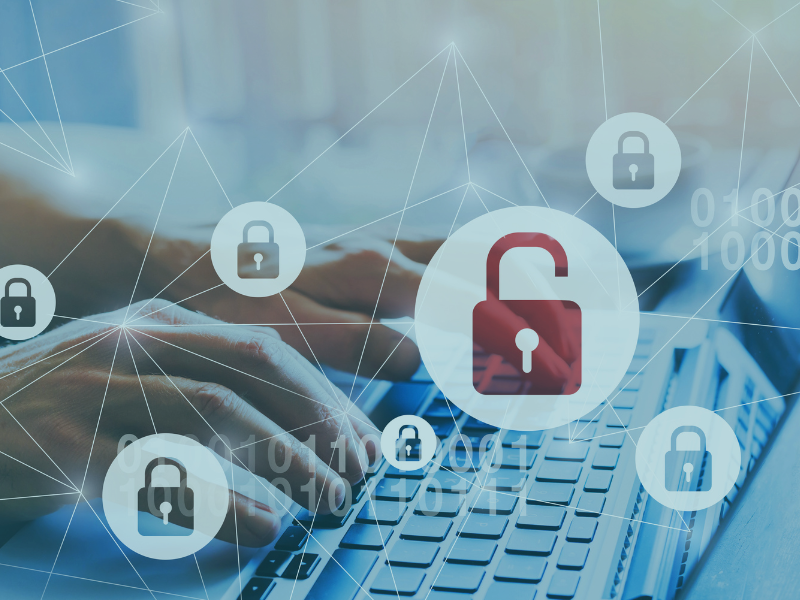
University cybercrime continues to be a lucrative pursuit for bad actors and attacks against higher education institutions are not slowing. According to SonicWall data, attacks against colleges surged in the first half of 2022. The industry experienced more than double (110% spike) in IoT malware attacks. Ransomware attacks were also up 51% despite declining in other industries.
But attacks are on the rise, with a string of incidents hitting colleges across the country in 2022. Recent data from SonicWall revealed surging attacks across the board in the first half of the year, with the overall education industry seeing a 110% spike in IoT malware attacks. The education industry also experienced a 51% increase in ransomware despite a global decline in ransomware attacks.
Why University Cybercrime is a Real Threat
Universities make appealing targets for cybercriminals for a myriad of reasons. For starters, most universities have public-facing websites and systems, making them more accessible to a large number of potential attacks. Beyond that, universities also have:
Large volumes of sensitive data: Since higher education institutions often collect and store sensitive personal and financial information of students, faculty, and staff, they are a high-value target for cybercriminals.
Large networks: Higher education institutions have expansive systems and large and complex networks. This makes it more difficult to secure devices and systems across campus – or multiple campuses.
Valuable research data: Higher education institutions are often involved in cutting-edge research and development. Without proper network controls, they present a lucrative opportunity for data theft.
Possibilities for human error: When higher education institutions may lack the resources to train employees and staff on cybersecurity best practices. This makes them susceptible to phishing attacks and other forms of social engineering.
Cybersecurity gaps: While most universities invest in cybersecurity, they often lack the resources and staff to invest in and manage robust cybersecurity measures.
Budgeting for the Best Protection
The bottom line is that university cybercrime continues to be a rapidly growing threat. Higher education institutions must take steps to protect their networks and sensitive information. A good cybersecurity program means implementing strong security measures, providing cybersecurity training to employees, and working with trusted cybersecurity partners to protect against attacks.
For some, this is a tall order. Universities invest in cybersecurity at varying levels, depending on the size and complexity of their networks, the types of data they store and process, and available resources. According to recent studies, universities in the U.S. and other countries typically allocate between 3% and 12% of their IT budgets to cybersecurity.
Universities that conduct sensitive research or store large amounts of personal and financial data may spend more on cybersecurity. Those with fewer resources may allocate a smaller portion of their budgets to cybersecurity and face a greater number of vulnerabilities as a result.
Fighting Cybercrime Intelligently
Here are some best practices that higher education institutions can follow to prevent becoming a victim of university cybercrime:
Use strong passwords: Universities should encourage employees to use strong passwords and update them regularly. Schools can also implement multi-factor authentication for all critical systems and accounts.
Keep software updated: Universities should update all software, operating systems, and security tools regularly to prevent vulnerabilities from being exploited.
Educate staff: Provide regular cybersecurity training to employees to help them recognize and avoid potential threats. Threats may include phishing attacks and other forms of social engineering.
Implement access controls: Allow access to sensitive data on an as-needed basis. Limit access only to those who need it to do their job. Monitor access to sensitive systems and data regularly.
Employ network security measures: Network security should include firewalls, intrusion detection and prevention systems, and other measures to protect against cyberattacks.
Conduct regular security audits: Regularly audit systems and networks. Identify and address potential vulnerabilities and to ensure that security measures are working effectively.
Develop an incident response plan: Have a plan in place to respond to a potential data breach or other cybersecurity incident. This should include steps for containment, investigation, recovery, and reporting.
Work with trusted partners: Work with trusted cybersecurity partners to ensure that security measures are up-to-date and effective.
Following best practices can reduce cybercrime threats and help colleges and universities to better protect their networks and sensitive information. For more information about how Arrow Payments can serve as a trusted partner to help guide your cybersecurity protocols, contact us today for a free consultation.



